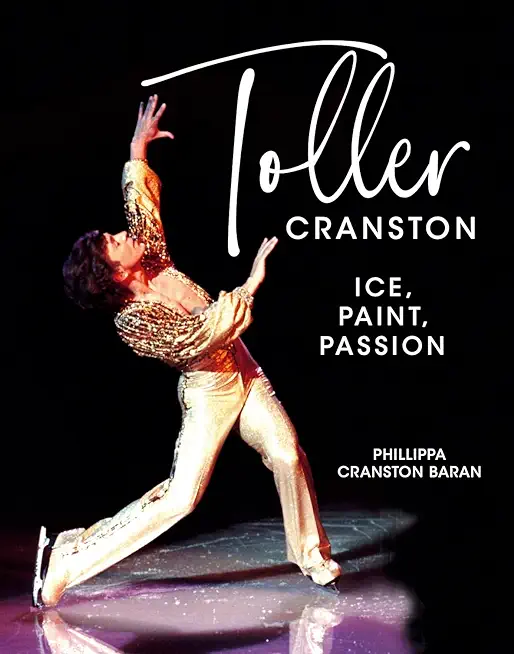
O'Connor, Daniel P.
product information
description
4Written specifically for athletic trainers, by athletic trainers, the updated Third Edition ofClinical Pathology for Athletic Trainers emphasizes practical knowledge; development of clinical skills, including evaluation and treatment; and development of clinical decision-making abilities. The Third Edition incorporates full-color photos and images to enhance readers' understanding of the common non-orthopedic pathology that may occur in athletes and physically active people. Chapters are organized by body systems and emphasize the clinical presentation, diagnosis, acute care, long-term management, and return to participation criteria for systemic illnesses and injuries. Dr. Daniel P. O'Connor and Dr. A. Louise Fincher have incorporated the competencies from the Athletic Training Education Competencies (5th Edition) that are associated with the non-orthopedic conditions discussed in this unique text. Competencies that are addressed throughout the text are still conveniently listed at the beginning of each chapter in which they are referenced. What's New in the Third Edition:
Instructors in educational settings can visit www.efacultylounge.com for additional materials to be used for teaching in the classroom. New Lab Activities:
With expanded discussions and case studies, a new online lab manual, and an emphasis on the development of clinical skills, the Third Edition ofClinical Pathology for Athletic Trainers: Recognizing Systemic Disease is a must-have for today's athletic training students and clinicians as well as allied health professionals working with athletic or physically active populations.
- Full-color photos and graphics throughout.
- Updated head injury screening, evaluation, and return to participation criteria to be consistent with current recommendations.
- Integration of up-to-date NATA Position Statements and Consensus Statements throughout.
- Online lab manual for the development of the psychomotor skills required to evaluate the described medical conditions.
Instructors in educational settings can visit www.efacultylounge.com for additional materials to be used for teaching in the classroom. New Lab Activities:
- Use of nebulizer in the treatment of asthma.
- Administration of therapeutic oxygen.
- Use of pulse oximeter for measuring oxygen saturation.
With expanded discussions and case studies, a new online lab manual, and an emphasis on the development of clinical skills, the Third Edition ofClinical Pathology for Athletic Trainers: Recognizing Systemic Disease is a must-have for today's athletic training students and clinicians as well as allied health professionals working with athletic or physically active populations.
member goods
No member items were found under this heading.
Return Policy
All sales are final
Shipping
No special shipping considerations available.
Shipping fees determined at checkout.







